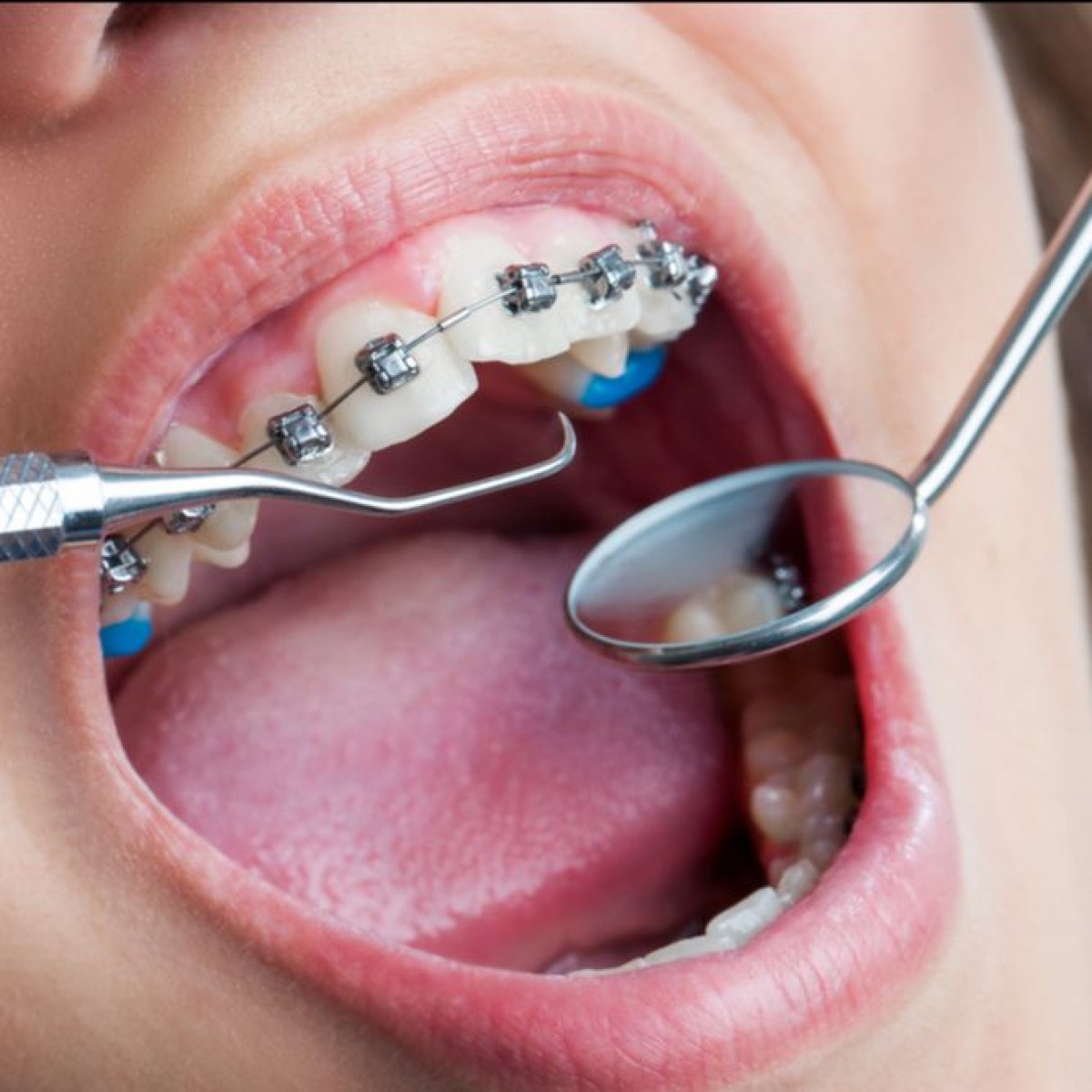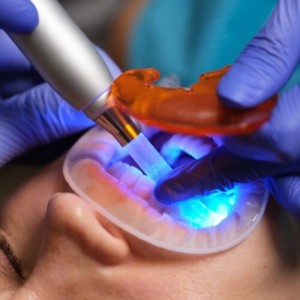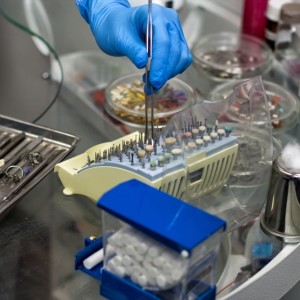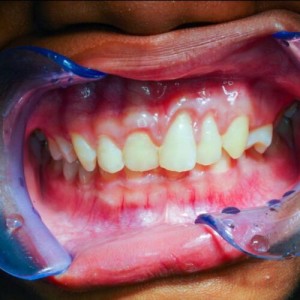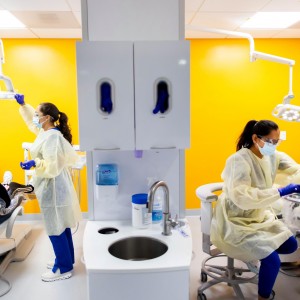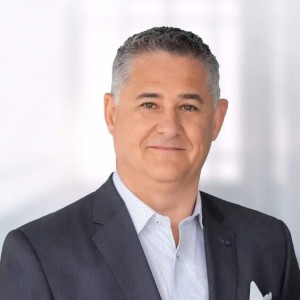
Iatrogenics in Orthodontics and its challenges
Orthodontics has gone through remarkable advances for those who practice it with dignity and clinical quality, such as the unprecedented number of patients treated of some type of iatrogenic problems (post-treatment root resorptions; occlusal plane changes; midline discrepancies, asymmetries, etc). Several questions may raise useful reflections about the constant increase of iatrogenics. What is causing it? Does it occur when dentists are properly trained? In legal terms, how can dentists accept these patients? How should they be orthodontically treated? What are the most common problems?
Introduction
Several reasons should be analyzed to explain the growing number of cases of iatrogenics in Orthodontics. Iatrogenics usually occurs due to inaccurate growth prediction, incorrect choice of orthodontic appliances, technical failure by the dentist, poor patient cooperation or lack of control of space and anchorage, particularly when teeth are extracted for orthodontic reasons.1
Iatrogenics may be described as a situation that leads to reversible or irreversible damage to patients that undergo any type of treatment. In 1996, Behrents1 defined iatrogenics as something unintentionally induced by treatment. All procedures involve a large number of relevant variables determined by patient characteristics, such as the dynamics of facial development and growth, the biomechanical interactions between appliances, dentition and bones, the dynamics of the dentist-patient-family interaction, the large variety of treatment approaches and the continuity of follow-up during the retention phase.1
Other difficulties in the conduction of a treatment may occur as a result of inadequate choice of dental procedures, incorrect treatment indication, adoption of hazardous treatment strategies, inadequate treatment performance, incorrect decision about treatment time, not changing treatment plan when necessary, not achieving a resolution of malocclusion, inappropriate follow-up during the retention phase, and not establishing good communication with the patient. All these failures may significantly affect outcomes, quality and stability of correction. Not performing the treatment adequately may result in a poor facial, gingival and dental outcome, and malocclusion correction and stability may be compromised and inadequate.2 Moreover, treatment time may be long, which may generate damage to teeth, pulp, support tissues, facial structures and general patient health3,4,5 This shows how complex and full of variables Orthodontics may be, which may lead to wrong strategies and, consequently, classical iatrogenics due to neglect in attending to all variables involved.
When iatrogenics is fully evaluated, we find good and bad aspects, and the latter are certainly predominant. The good aspects are associated with the margin of comparison that patients usually make between the previous and current treatments, assigning greater value to the second treatment when malocclusion is satisfactorily corrected. The bad aspects are associated with the lack of motivation to start a new treatment, which seriously affects cooperation. Patients are financially stressed and often demand very short treatment times, incompatible with the complexity and level of trauma of such cases.
There is no acceptable level of technical error, but we should be humble to recognize our possible professional errors and limitations. Dentists themselves should be able to try to solve possible problems honestly, avoiding greater complications that may arise from keeping a condescending attitude and not accepting the problem. We should never forget orthodontic relapses, which are and will always be present even in the offices of the most renowned orthodontists. Relapse should be evaluated carefully and not confounded with iatrogenics.6 Therefore, we should be guided by good sense in the first visit, so that re-treatment is not arbitrarily and hastily defined.
In such context, other questions about the same problem arise: Does iatrogenics occur when dentists are well trained? In legal terms, how can dentists accept treating these patients? How can they be treated orthodontically, and what problems are more common?
To answer these questions, we have recently conducted a simple and objective survey in private clinics, which included one hundred orthodontic examinations made from April 10, 2014 to March 7, 2015. The examinations were analyzed by two orthodontists and divided into four groups: clear iatrogenics (CI) = clinical cases with problems clearly caused by another treatment; possible iatrogenics (PI) = clinical cases for which treatment plan was made by another dentist and that would probably result in iatrogenics; orthodontic relapse (OR) = clinical cases with loss of any amount of correction achieved in previous treatment; and new cases (NC) = cases that had not yet received any orthodontic treatment. Of the 100 cases evaluated, 18% were CI, 10% = PI, 24% = OR and 48% = NC, which demonstrated that a significant number of patients had iatrogenic problems (Fig 1). These findings indicated that over 50% of the patients in the study were directly affected by some problem: iatrogenics, possible iatrogenics or relapse. Therefore, all the questions listed above have to be addressed clearly and completely, without masking facts, and the discussion has to be conducted by several groups, such as clinical orthodontists and academic staff, to produce improved results and rebuild credibility in orthodontic treatments.
Authors: Gustavo Mattos Barreto, Henrique Oliveira Feitosa
Source: https://doi.org/10.1590/2177-6709.21.5.114-125.sar
 Related articles
Related articles
Orthodontics 08 October 2025
The field of orthodontics in its new era is venturing ahead to more up-to-date technological point of view.
Orthodontics 25 August 2025
Orthodontics 25 June 2025
Clinical application of magnets in orthodontics and biological implications: a review
Over the last decade magnets have been used in orthodontic and dentofacial orthopaedics and attempts have been made to evaluate the biological implications of magnets and magnetic fields during...
Orthodontics 10 June 2025
It has long been claimed that presurgical orthodontics is crucial to the outcome of surgical-orthodontic treatment for dentofacial deformity
The use of 3D technology in orthodontics has increased recent years. 3D intra-oral scanning, cone beam computed tomography (CBCT), 3D printing and computer-aided design and computer-aided...
 Read more
Read more
Prosthodontics 13 October 2025
Periodontics, implantology, and prosthodontics integrated: the zenith‐driven rehabilitation
A customized treatment plan is important to reach results that will satisfy the patient providing esthetics, function, and long-term stability.
Penn Dental Medicine at PHMC on Cedar is one of five community care programs the School of Dental Medicine operates. At Penn Dental on Cedar, part of the mission is to integrate dental and medical...
Products 13 October 2025
Henry Schein’s 28th annual ‘Back to School’ programme supports students worldwide
With backpacks full of supplies, team Schein helps equip children to thrive in the classroom
News 13 October 2025
DentalXChange, a leading provider of revenue cycle management for the dental industry, is proud to announce the expansion of their Executive Leadership Team.
News 13 October 2025
Aldo M. Denti joins Dentsply Sirona as Executive Vice President and Chief Commercial Officer (CCO), effective October 6, 2025. The appointment is designed to.


